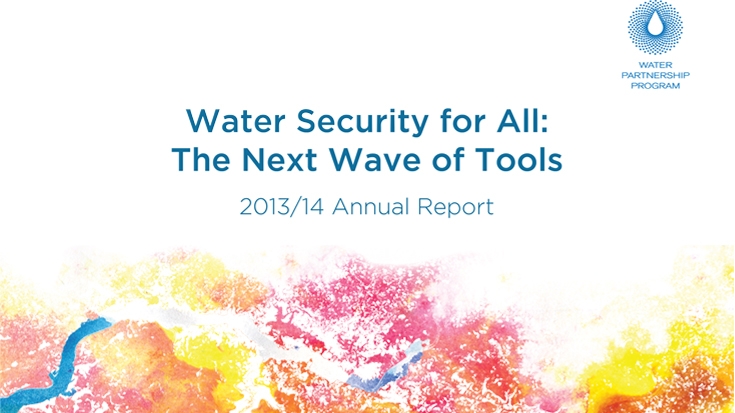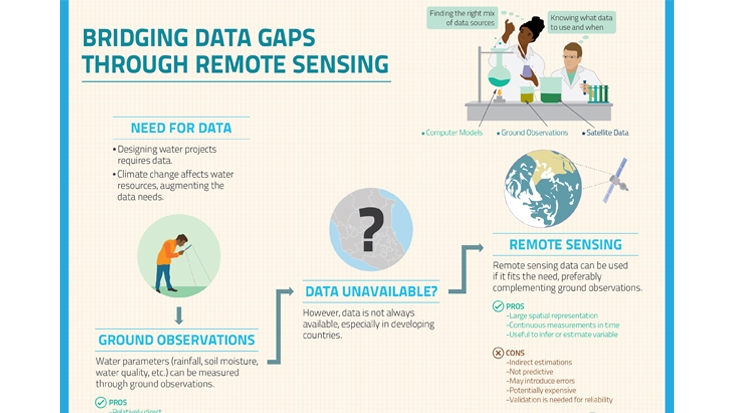Water insecurity is already affecting millions of people around the world, especially the poor and most vulnerable. By 2025, about 1.8 billion people will be living in regions or countries with absolute water scarcity. At the other end of the spectrum, by 2100 about 177 million people globally will be living in a place at risk of regular flooding. 145 million of these people are in Asia.
The impacts of too much or too little water can be devastating:
- Northern Brazil is going through one of the most severe multi-year droughts in decades since 2010. An already dry region will get even drier, making crops even harder to grow and hydropower energy harder to generate.
- Africa’s massive Sahel region is plagued by a prolonged drought that is leaving a trail of hunger and affected the livelihoods of millions of people.
- In South Asia, one of the most disaster-prone regions in the world, floods have cost billions of dollars in recovery and losses in human lives.
One of the key challenges associated with improving water security is the ability to make decisions in the present that sufficiently anticipate the needs of the future.
The World Bank’s Water Global Practice, with support from the Water Partnership Program (WPP), and working with the Climate Change CCSA, helps countries to better manage for the future using tools that assess climate change impacts on water.
Innovative solutions in water have the potential to transform economies and livelihoods.
For example, satellite technologies such as Remote Sensing can provide farmers with timely information on weather patterns to help them adjust water use practices. They can also identify areas where more or less water is needed in order to improve rural livelihoods, agricultural productivity and food security. This can unlock the potential of rural areas thus diminish poverty.
- In India’s Uttar Pradesh region satellite imagery analyzed the impact of improved irrigation on agricultural intensification. Results revealed that income levels increased by 78 percent and overall income distribution improved in the areas where reforms were made. Moreover, water productivity increased substantially, as did crop yields.

